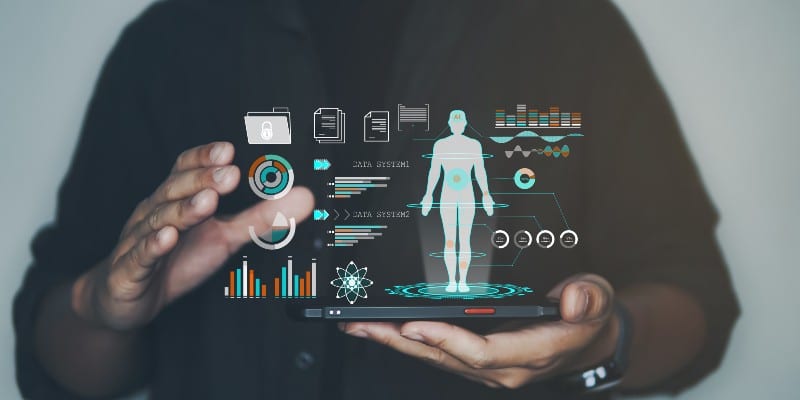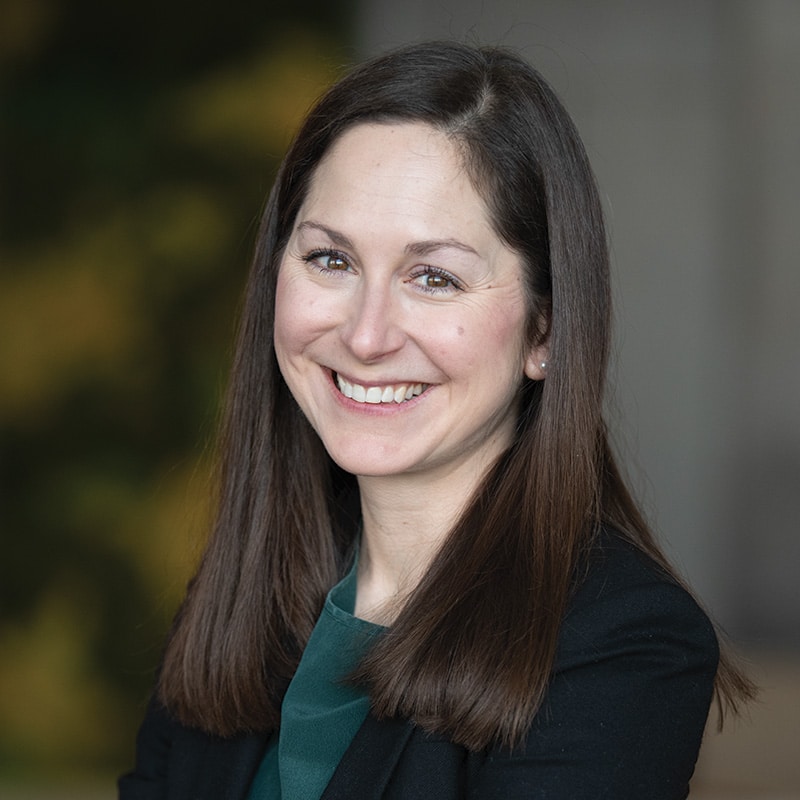Last month, Forward announced a $100M Series E round that would fund their latest product roll out: Carepods. Like most splashy tech-forward announcements, the unveiling of Forward’s Carepods included a video of what consumers could expect from this technology-enabled, long-term-health-focused, primary care practice’s latest offering. But in watching the video, I kept wondering, “Do people really want this?” and “Will enough people ‘hire’ this for it to scale sustainably?”
Effectively, I’m wondering if this offering has been designed around individuals’ Jobs to Be Done, or if it’s instead the result of a supply-driven vision to “get healthcare to the whole planet.” This is a critical question as it sheds light on whether or not Forward’s Carepods are likely to succeed in the market.
In his book, Competing Against Luck, Clayton Christensen shares how companies that organize their business models around serving a Job to Be Done have a competitive advantage over those who don’t. Without understanding the job, and organizing around it, organizations are effectively “competing against luck.” In other words, if an organization is not helping customers deliberately make progress in their lives, then whether or not the organization succeeds depends entirely on chance.
Here, I assess whether Forward is, in fact, competing against luck based on what we know about Carepods today.
What is a Carepod?
For those who aren’t familiar with the offering, Carpods are “the world’s first AI doctor’s office.” Carepods—which have no doctors, nurses, or other care providers in them—will be deployed in gyms, malls, and office buildings, starting in some of the nation’s largest cities. The person-free design is intentional, as the CEO, Adrian Auon, notes that doctors and nurses don’t scale to the whole world. We already have a shortage of providers, and the shortage is getting worse.
In the video, Forward reiterates key characteristics of their primary care model, which the Carepod will also offer:
- “Prevention at its core”
- “Health apps in every category”
- “Health history, current health state, and future wellness goals”
- “Understanding where you are today, where you want to be, and how to get there”
Looking at Carepods through a Jobs to Be Done lens
The last claim above certainly speaks to individuals by addressing their desired progress around receiving help to fill the gap between their current health status and their desired health state. But in looking at the Carepod video with my Jobs to Be Done hat on, these questions come to mind:
- If the struggling moment is the seed of all innovation, what’s the long-term health struggle that would cause someone to “hire” an AI-powered doctor’s office where there is no interaction with a doctor, or any other human?
- What are the habits and anxieties people would have to overcome to hire this new offering?
- What is the significant point of dissatisfaction with what people are currently hiring to achieve long-term health progress that would cause them to “fire” the current solution?
In response to the first question, the struggling moment is clearer if Carepods were meant for urgent care needs, but Forward’s CEO specifically states they are not for this purpose. In that situation, it might be highly appealing to have an AI-driven solution to a pressing health issue right in the lobby of my office building. It would then be available to solve the job of “When I know I’m sick and what I have, help me find a solution today, so I can get back to my normal routine.” But again, this isn’t the purpose of the Carepod. So, what’s the struggle that would lead someone to hire it?
Additionally, in the moment of needing to hire such a solution for a long-term, preventive-health-related Job to Be Done, those who prefer physical social interactions and are more likely to spend time in a mall are probably not always the same as those who prefer frictionless nonsocial interactions, such as what the Carepod is offering. Thinking about the situation or circumstance component of the job, and the habits and anxieties that individuals must overcome to “hire” a new solution, malls seem an odd place to position these pods.
Another component of the launch that is nagging from a Jobs to Be Done perspective is that it only includes one appearance of the consumer. This begs the question of whether there is any level of demand-driven insight behind this innovation, or if Carepods are simply the result of a supply-driven vision. I’m inclined to believe it’s the latter, which might not bode well for uptake of Forward’s new offering.
But then again, perhaps Carepods are the next iPod or iPhone. Time will tell, but Jobs Theory suggests that’s unlikely.



